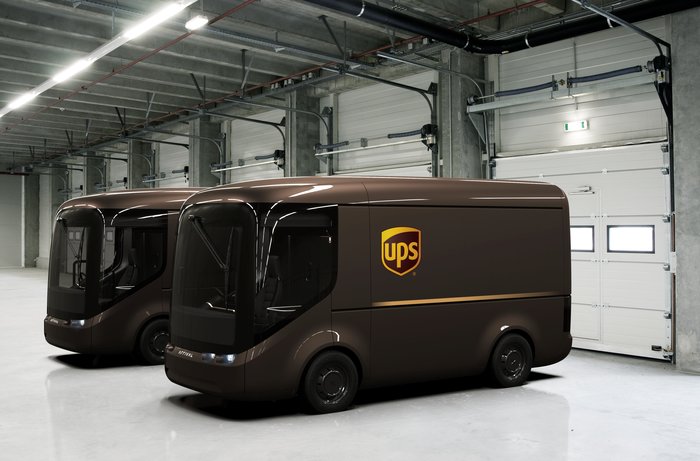UPS is working with UK-based technology firm Arrival to develop a pilot fleet of 35 electric delivery vehicles (EVs) to be deployed in London, UK, and Paris, France.
The lightweight composite vehicles have a battery range of more than 150 miles (240km) and also come equipped with advanced driver assistance systems (ADAS) to improve safety and reduce driver fatigue.
Luke Wake, international director for automotive engineering, UPS, said, “UPS is working with Arrival because its smart electric vehicles help to reduce the dependency on fossil fuel. This is a pioneering collaboration that enables UPS to develop new ways to reduce our emissions.
“UPS is marshaling its global scale to encourage innovation within the automotive industry. We are helping to drive demand for these disruptive technologies. The result is a safer and cleaner fleet for the communities in which we deliver.”
Arrival is the first commercial vehicle manufacturer in Europe to provide purpose-built electric delivery vehicles to UPS’s specifications. Since 2016, UPS and Arrival have been developing prototypes of different sizes, with the first vehicles expected to be deployed before the end of the year.
“We’re excited to collaborate with UPS to create an affordable, modular, fully electric delivery vehicle designed to make deliveries in our busy cities clean and quiet,” said Denis Sverdlov, CEO of Arrival.
“With its unique, wraparound front window the driver has a much wider field of view that improves not only the safety of the driver but also that of cyclists and pedestrians.”
In April, UPS announced that it had installed a radical new charging technology at its central London depot in Camden that overcomes the challenge of simultaneously recharging an entire fleet of EVs without the need for an expensive upgrade to the power supply grid.
Peter Harris, director for sustainability, Europe, at UPS, said, “This initiative will help UPS attain its global carbon reduction goals for the company’s facilities and fleets. We will continue working with our partners, communities and customers to spark innovation, thus leading the industry toward a more sustainable future.”


